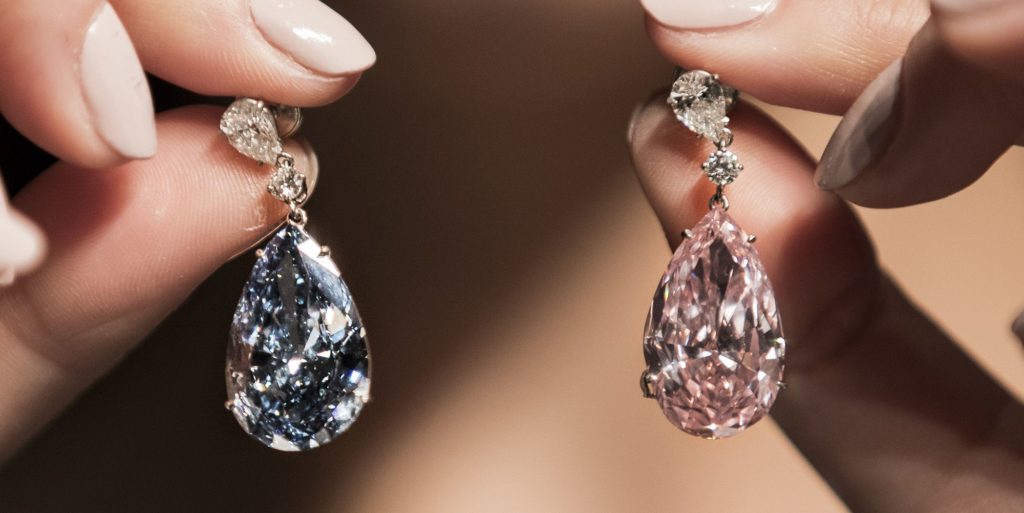Earrings as ear jewelry appeared more than 7,000 years ago in Asia. In that era, on different continents, these products had different meanings and were worn by both men and women. For example, for the ancient Egyptians, wearing earrings symbolized status in society - they were a sign of wealth and nobility of the family.

@earrings
In Ancient Rome, only slaves had their earlobes pierced, and wearing rings in their ears was a sign of the lower class. Greek men who had this distinction were considered corrupt and sold their bodies to the rich, but noble ladies in Greece wore earrings made of pearls or precious stones, emphasizing their high social status.
The bravest commanders of Caesar's army were given the great honor of piercing their nipples and decorating them with earrings. During excavations of Egyptian tombs, a great variety of gold and silver items decorated with precious stones were discovered.

@pinterest.com
Jewelry made from sapphires, rubies and emeralds was worn by women of Assyria, China, India and other ancient civilizations.
During the era of the Holy Inquisition, the popularity of ear piercing died down somewhat.Fearing persecution from the church and secret orders, many residents simply stopped piercing holes in their lobes. However, there were also those who committed this act purposefully.
So, for example, in gypsy families an earring was put in the ear of the only son. The thieves pierced the lobe, demonstrating disobedience to the authorities and God. Pirates who captured other ships also decorated their ears and inserted tiny studs into them - one for each ship. Gunners on pirate ships wore massive jewelry to cover their ears during battle. In fact, for pirates, wearing an earring in the ear was a matter of honor, which not every robber was awarded. To earn the right to wear this accessory, a sailor had to not only show courage and bravery, but also become a “sea wolf conqueror of the depths.” Usually the test consisted of crossing the equator or conquering the famous Cape Horn.

@stripes.com
During the Renaissance, the fashion for ear jewelry resumed again, although there was no official repeal of church law. The wearing of earrings was no longer persecuted, which is clearly seen in the portrait of Henry III of Valois, whose right ear is decorated with a ring.
In Ancient Rus', men also wore earrings. At that time, the cost of jewelry could determine the class to which a particular person belonged. Thus, the poor and workers wore an accessory made of copper or bronze, and artisans and wealthy traders bought items made of silver and gold.
During the reign of Peter the Great, earrings were no longer worn because they were not visible under the huge long wigs that adorned the heads of men and women at court. But the serfs of that time were obliged to wear these products so that everyone could see that they had an owner.
Under Paul the First, the son of Peter and Catherine the Great, an earring had a magical meaning for sailors and military personnel and protected a soldier from bullets and misfortune, especially if it was presented by his beloved lady.
Today, earrings are worn mainly by women and these accessories are made from a variety of materials, from costume jewelry to expensive metals and various precious stones.

The cost of the most expensive earrings in the world is $57 million. This masterpiece of jewelry was sold at auction in Geneva to an unknown buyer. This incredible price is due to the fact that the jewelry is encrusted with huge pear-shaped diamonds in blue and pink colors.